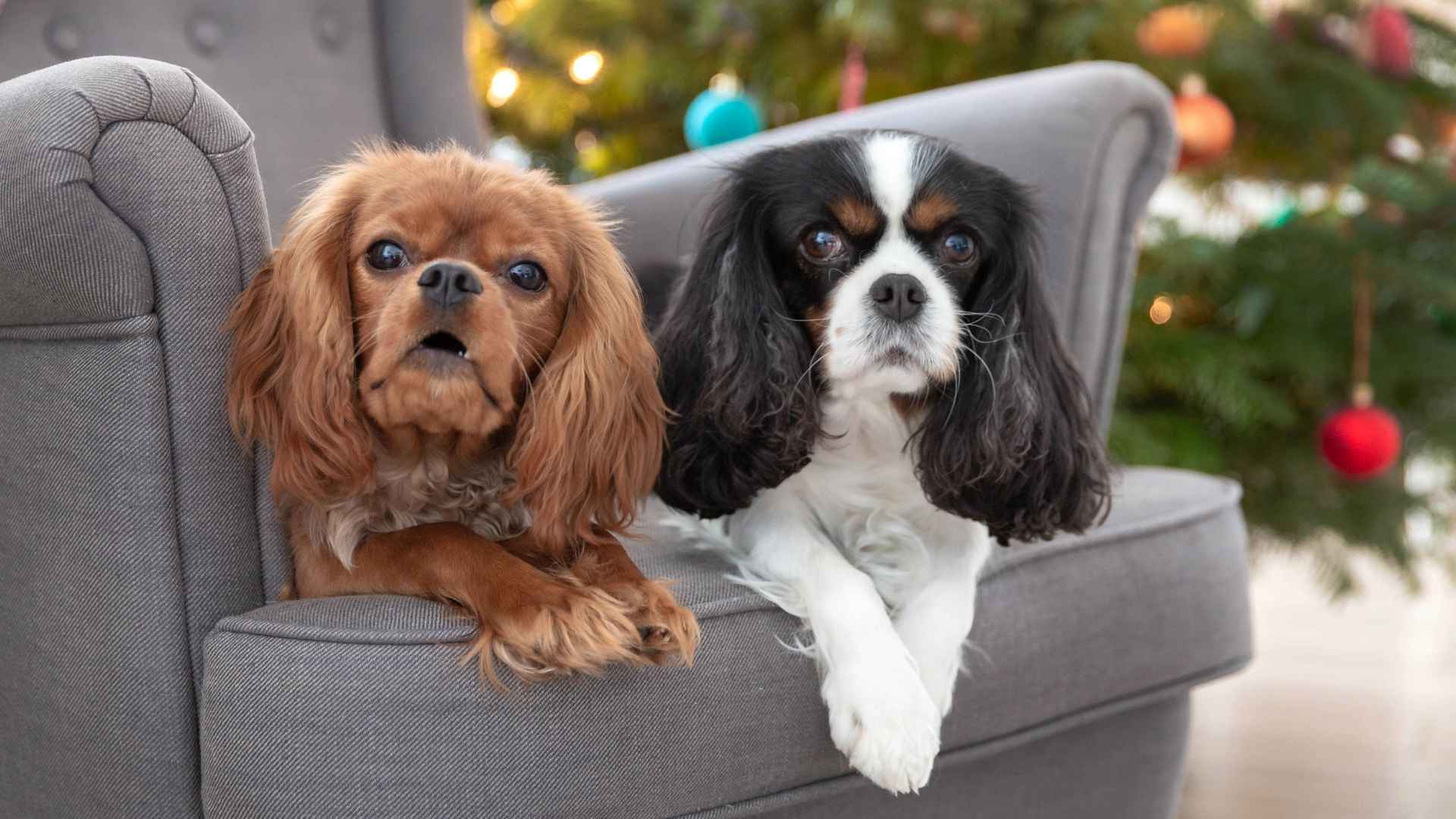Living in an apartment doesn’t mean you have to miss out on the joys of having a dog. Whether you’re in a studio or a high-rise condo, the key is choosing a breed that’s content with compact living. While some dogs need wide-open spaces to run and explore, others are perfectly happy lounging in a sunny spot by the window or curling up beside you on the couch.
Certain dog breeds are naturally suited for life indoors. They don’t mind the lack of a backyard and often thrive in quieter, cozier environments. These house dogs tend to have lower energy levels, bark less, and adapt well to smaller areas without feeling confined or restless.
From laid-back to mellow companions that enjoy a peaceful atmosphere, there’s a perfect pup out there for every apartment dweller. Whether you’re working from home or enjoying weekend movie nights in your living room, these family dogs bring warmth, loyalty, and companionship to your everyday life—without needing a backyard.
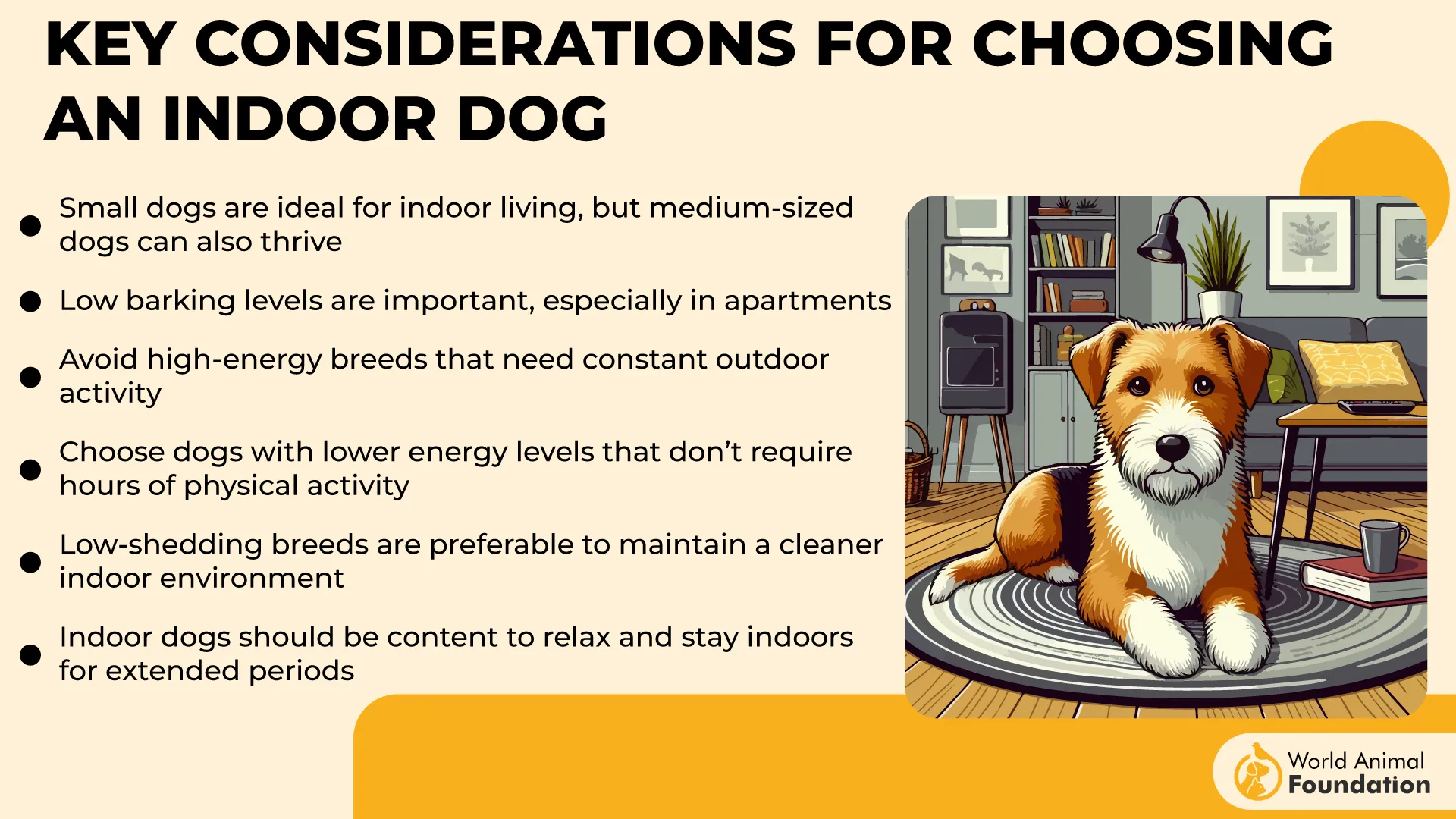
We’ll introduce you to the best indoor dog breeds that fit right into your space and lifestyle, no matter how compact it may be. Get ready to meet your ideal housemate—four legs, zero complaints!
Indoor Dog Breeds
1. Basset Hound
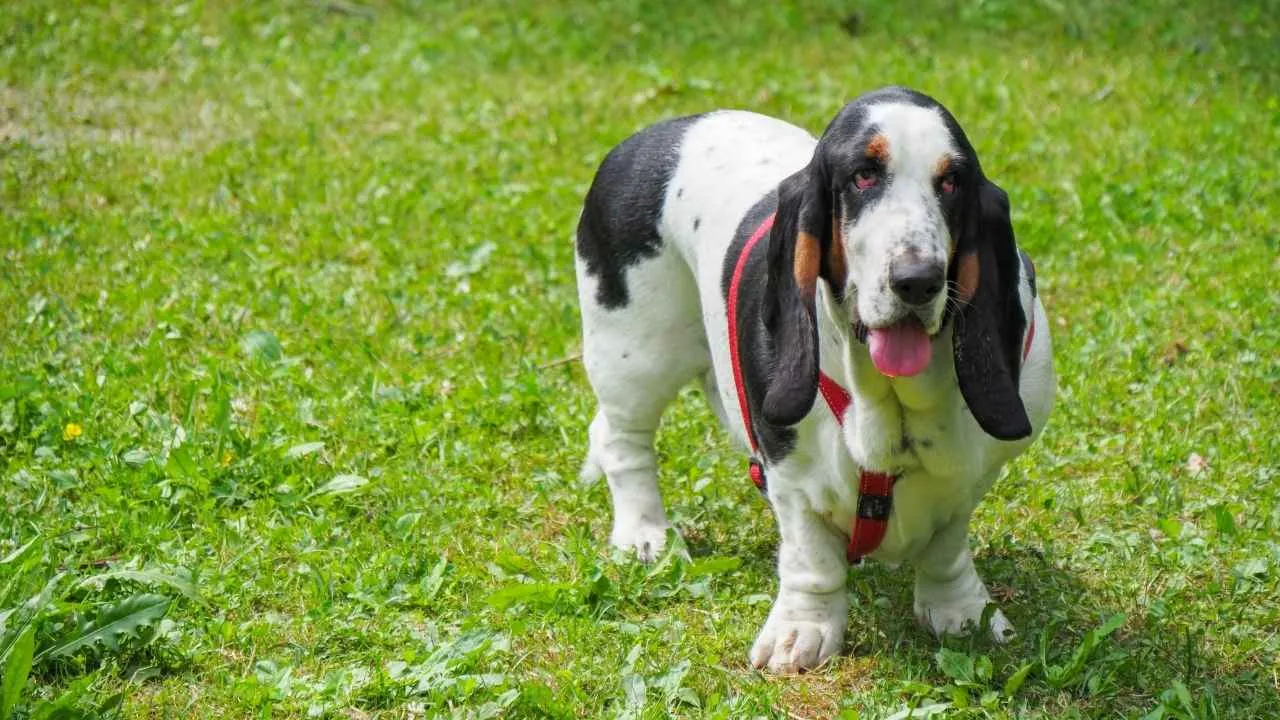
Indoor Compatibility: Nap goals achieved.
When it comes to living that sweet, cozy indoor lifestyle, few dogs do it better than the Basset Hound. With ears longer than your weekend to-do list and a face that screams “give me snacks and zero responsibilities,” the Basset is a true homebody at heart.
Their short legs and long bodies make them hilariously low to the ground—think of them as the “stretch limo” of dog breeds. Despite being originally bred for hunting, today’s Basset is more likely to hunt down crumbs under the couch than rabbits in the field.
VCA notes that care should be taken when allowing a Basset Hound off-leash, as they tend to become engrossed in following scent trails and may not be very obedient when it comes to returning.
The average lifespan of a Basset Hound is 12 to 13 years. While they are prone to skin, ear, and joint issues, with proper care and management, they can live healthy and happy lives.
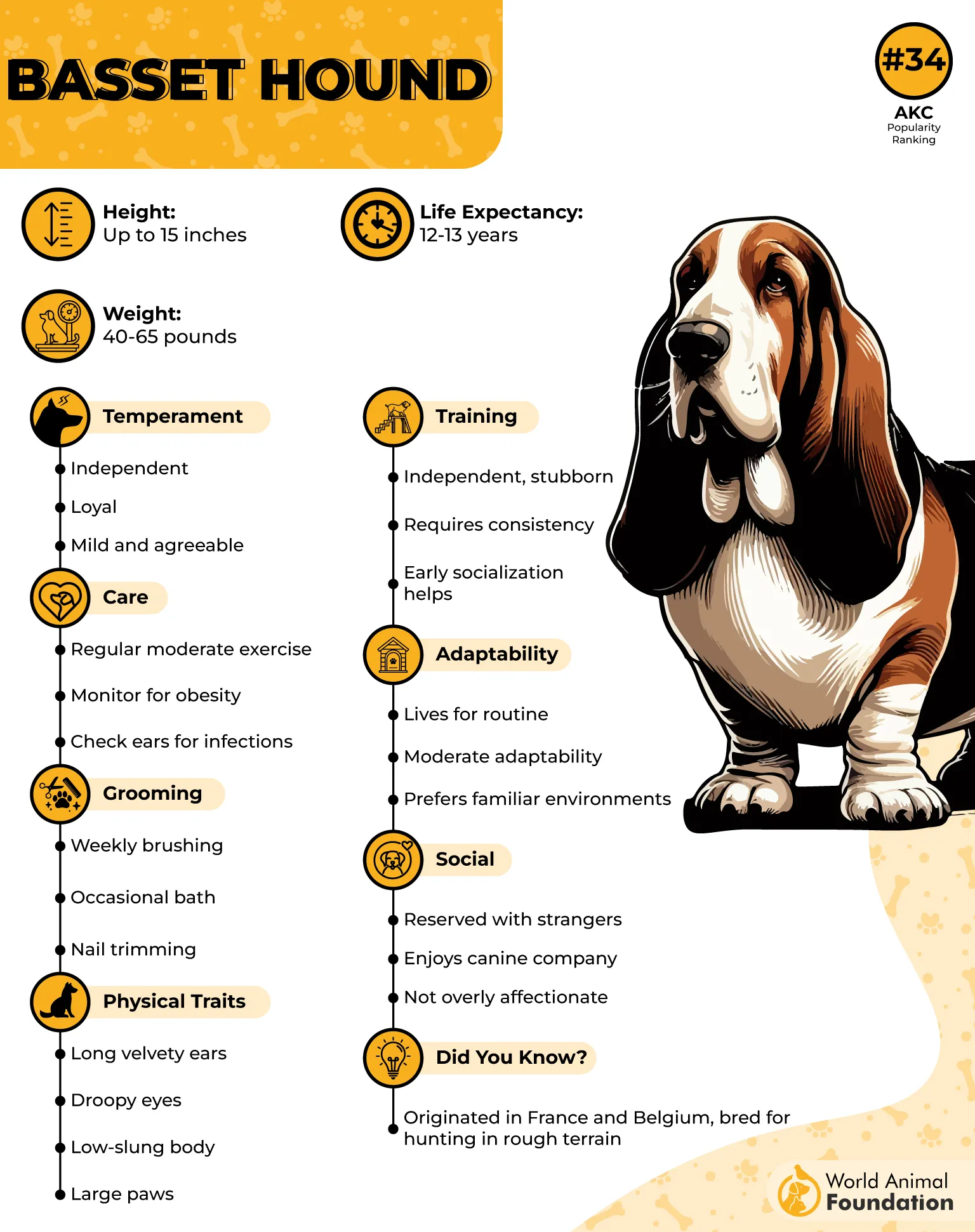
Bassets are professionals at chill. They require moderate exercise (think: one solid sniff walk a day), and the rest of their time is usually spent sprawled across your favorite spot on the couch. Bonus? Their calm nature and affectionate personality make them ideal for apartment living.
2. French Bulldog
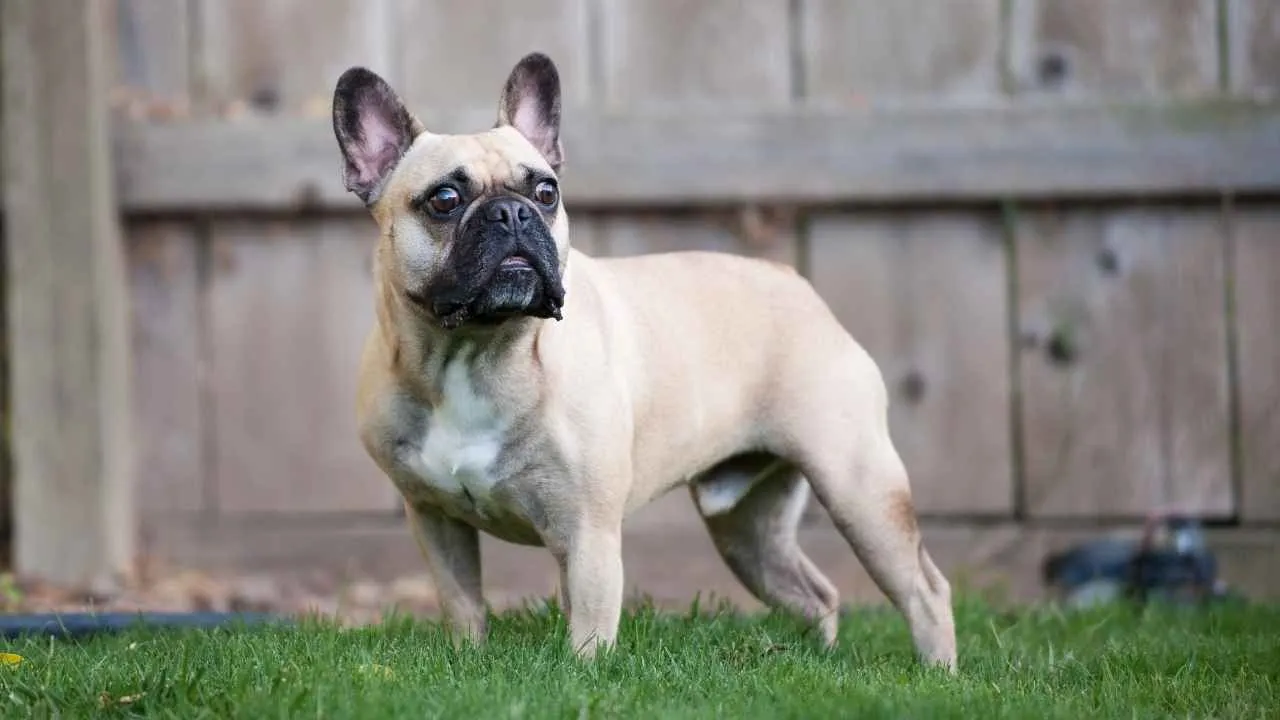
Indoor Compatibility: Born to rule your living room.
Compact, charming, and slightly snorty, the French Bulldog is the it-dog of indoor living. With a big personality packed into a tiny body and bat-like ears that look like they pick up Wi-Fi signals, Frenchies are absolute clowns in a cuddle costume.
French Bulldogs were born to be urban companions. They don’t need much space or daily exercise, which is great because they’re not fans of long hikes anyway. A brisk walk and some playtime indoors will keep this little goofball perfectly content.
Their expressive faces and weird little noises (yes, those snorts, snuffles, and occasional snores) make them endlessly entertaining. It’s like living with a tiny, flat-faced stand-up comedian who only takes payment in belly rubs.
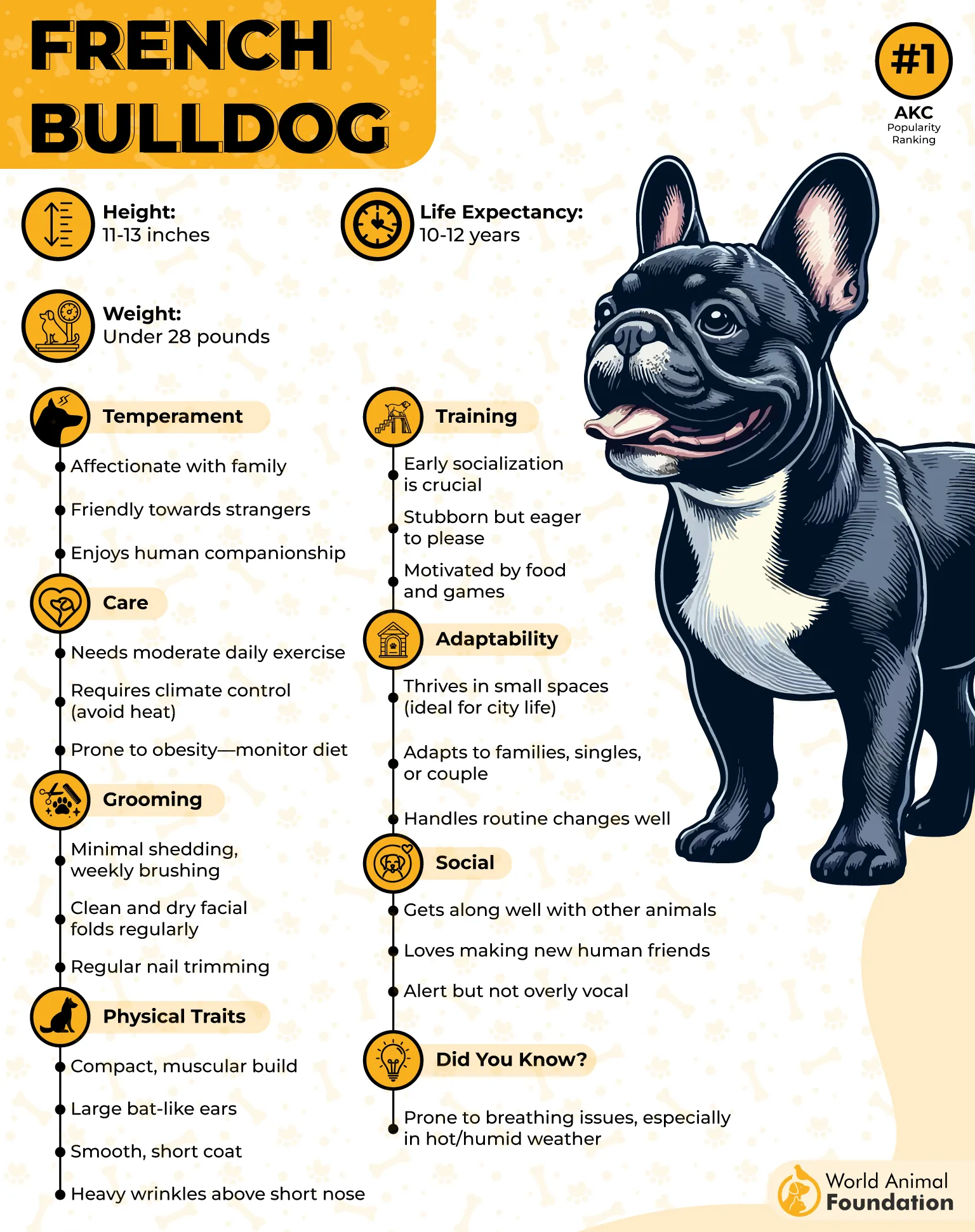
French Bulldogs are considered low-maintenance dogs. They have a relatively easygoing nature and don’t require extensive grooming or exercise. Their short coat needs minimal brushing, and they only need moderate physical activity, such as good walks or playtime.
Warning: They have a dramatic streak. If you tell them “no,” they might look at you like you’ve shattered their entire universe.
3. Cavalier King Charles Spaniel
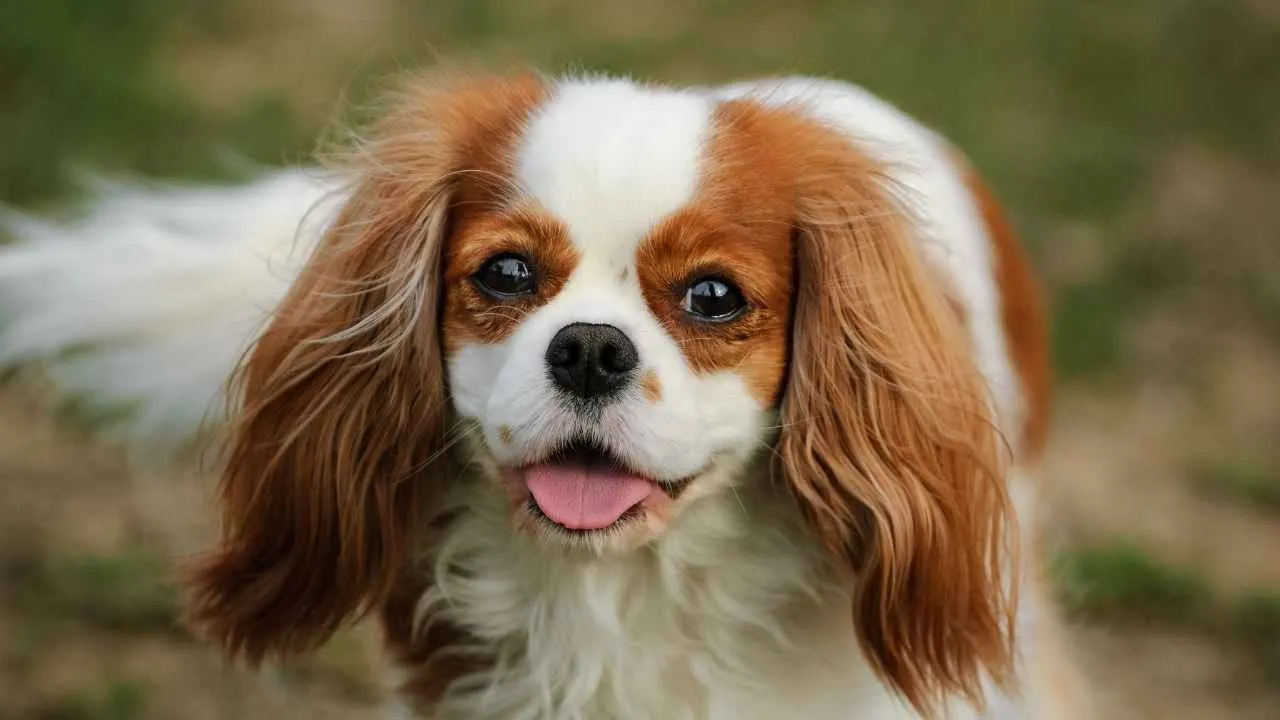
Indoor Compatibility: Sofa royalty at its finest.
Let’s be honest—Cavalier King Charles Spaniels were basically bred to be adorable throw pillows with a heartbeat.
These tiny dogs weigh between 13 to 18 pounds, making them a small and manageable breed for most households.
Elegant yet goofy, affectionate yet not overly clingy, these little fluffballs are the perfect lap dogs for anyone who wants a dog that doubles as a personal heating pad. Their gentle nature and moderate energy levels make them excellent indoor companions.
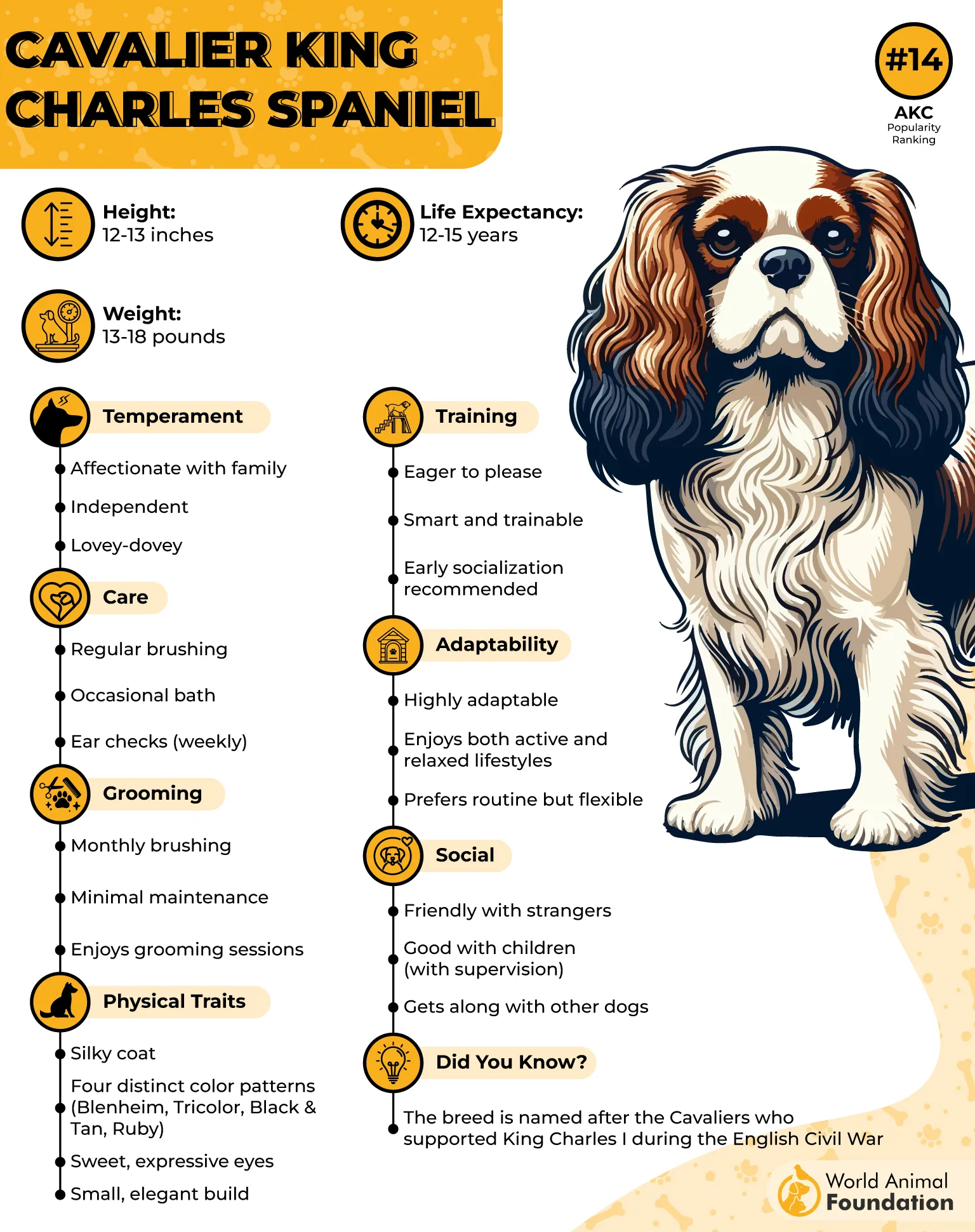
These canine companions enjoy a nice walk, a bit of playtime, and then it’s straight to your lap for a royal snuggle session. They are quiet, polite, and super adaptable, whether you’re in a city apartment or a cozy home in the suburbs.
They do shed a bit, but honestly, you won’t even mind—because that hair is basically golden fairy dust from royalty.
Fun Fact: King Charles II loved these dogs so much, he reportedly refused to go anywhere without them and even passed a law allowing them in all public places. Yep, they’ve always been a big deal.
4. Chihuahua
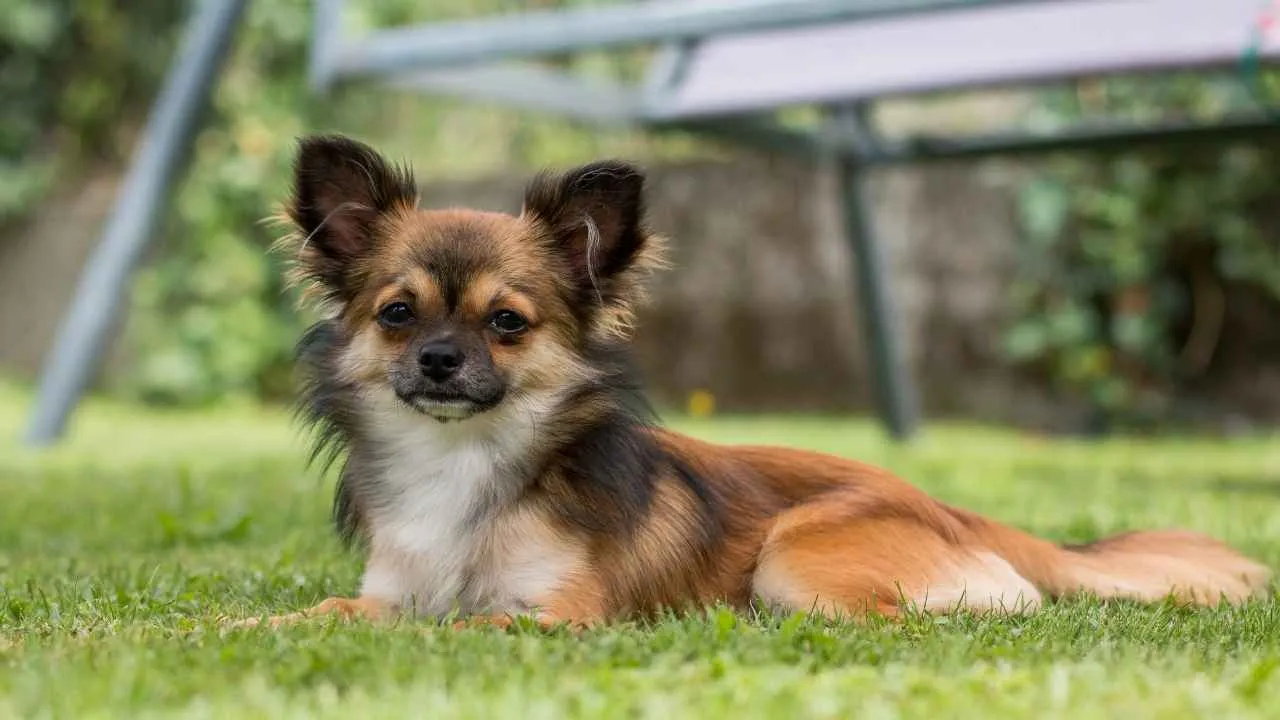
Indoor Compatibility: Feisty and fabulous, just how we like it.
Don’t let their size fool you — the Chihuahua may weigh as much as a grande latte, but they’ve got the attitude of a lion and the self-esteem of a rock star. Chihuahuas are among the smallest dog breeds in the world. Males are typically slightly shorter than females, and they should not weigh more than six pounds.
WebMD says Chihuahuas’ small size makes them one of the most portable breeds in the world. They’re often referred to as “purse dogs” because of how easily they can be carried around.
The American Kennel Club (AKC) recognizes over 31 different coat color options for Chihuahuas, offering a wide variety of looks within the breed. These lap dogs make excellent indoor dogs due to their pint-sized proportions, but you’d better believe they run the house.
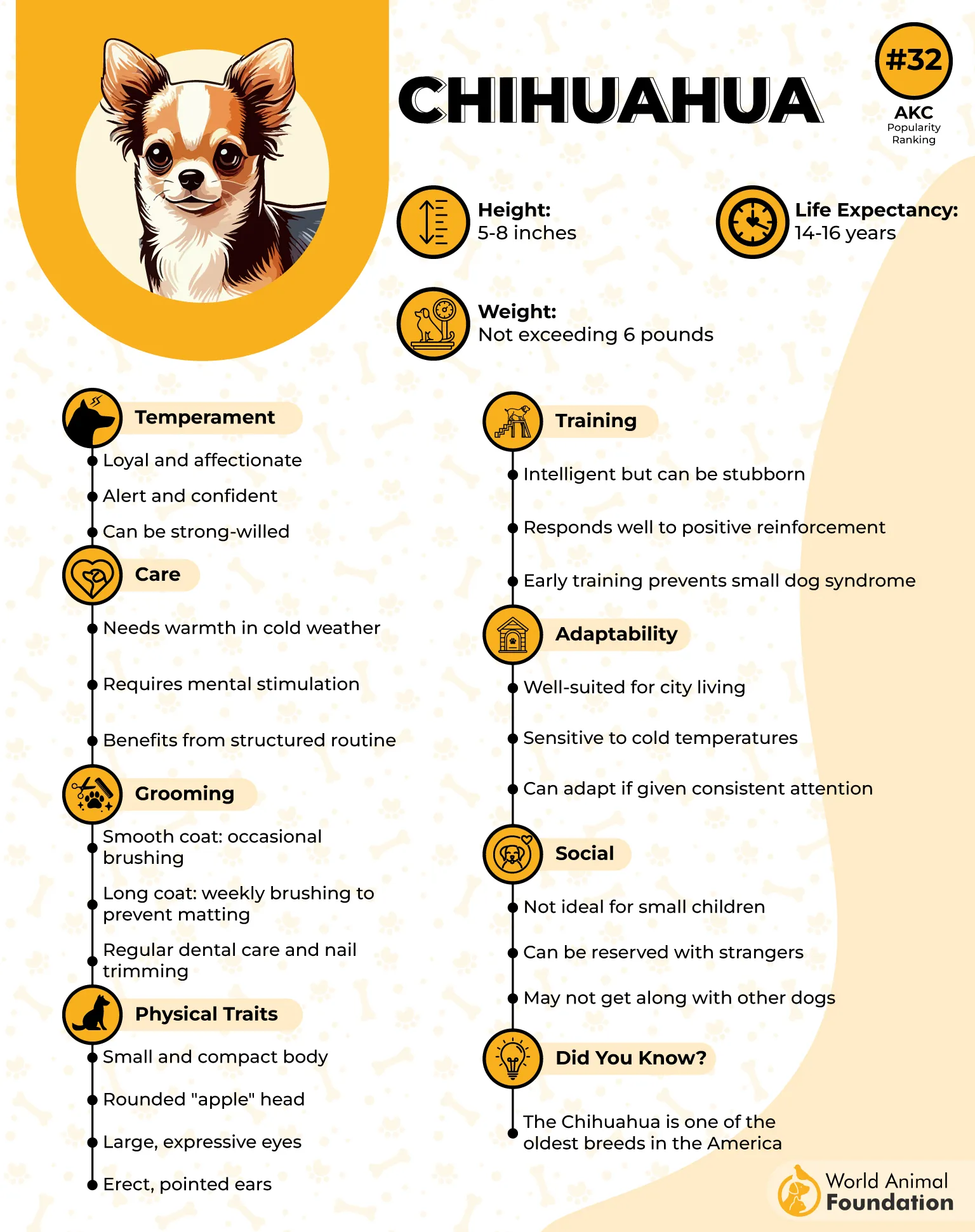
Chihuahuas are fiercely loyal, love to be glued to their humans, and have zero sense of their own size — they’ll bark at a Great Dane like they’re ready to throw paws.
Chihuahuas make great companions, but they don’t do well when left alone for long periods. These small dogs love to cuddle in your lap for hours and are happiest when they have your company nearby.
Ideal for apartment living (because they don’t need much space and can fit in any nook of your couch), Chihuahuas are also surprisingly smart and love to be entertained. Just don’t leave them alone too long, or they’ll start plotting world domination… or at least shredding your slippers.
Chihuahuas have a moderate energy level and don’t require much exercise and excessive physical activity to stay healthy, making them well-suited for less active households.
5. Dachshund
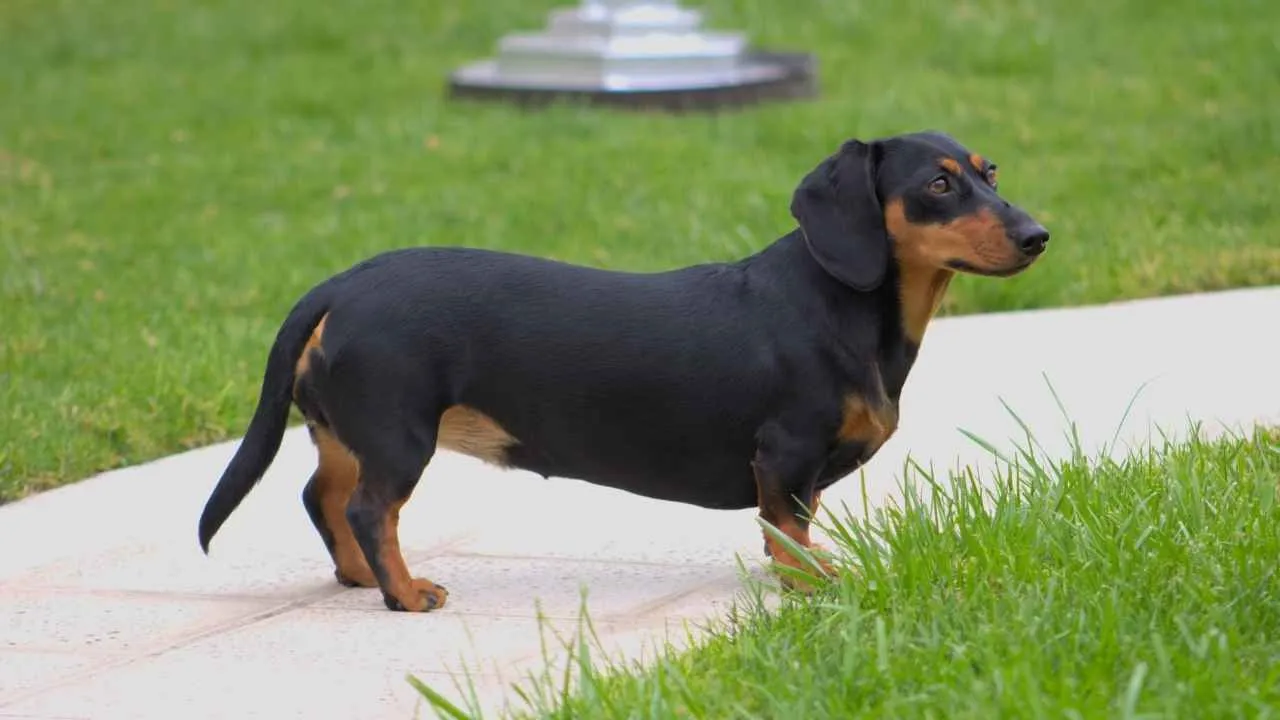
Indoor Compatibility: All the sass in half the size.
One of the most popular dog breeds in the US, with their adorable sausage shape and dramatic flair, Dachshunds are the kings and queens of quirky indoor living. Originally bred to hunt badgers (yep, really), these little dogs are brave, clever, and sometimes a bit too confident for their own good.
Their short legs and long torsos make them better suited for lounging than leaping, but they still have an energetic streak and enjoy a game of chase or tug-of-war. Just don’t expect them to run a marathon — or even, like, chase a ball more than once.
Dachshunds come in two sizes and three coat types, and each one is more adorable than the last. These small dogs are smart, independent, and occasionally stubborn — basically, tiny lawyers who argue in barks.
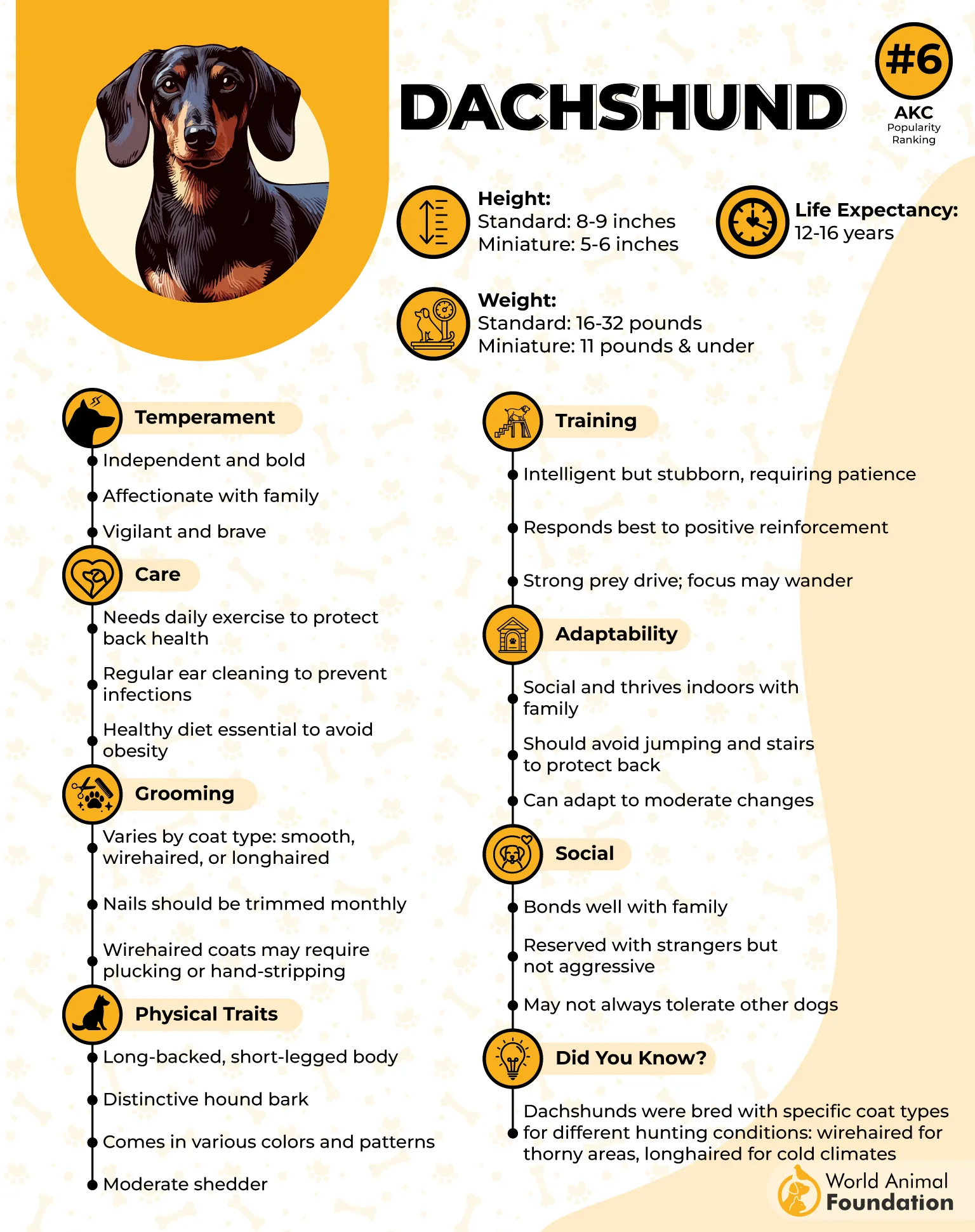
Dachshunds are playful and friendly, making them excellent pets for first-time dog owners. Their affectionate nature and manageable size make them a good choice for newcomers to pet ownership.
The average lifespan of a Dachshund is 12 to 16 years, which is typical for smaller dog breeds. However, the breed is prone to various health issues over the course of its life. One common concern is back problems, due to their long spine, muscular yet bowed legs, and low-to-the-ground stature.
According to the AKC, they were bred as independent hunters of dangerous prey. This breed can be brave to the point of rashness and somewhat stubborn. However, their endearing nature and unique appearance have won the hearts of millions around the world.
6. Havanese
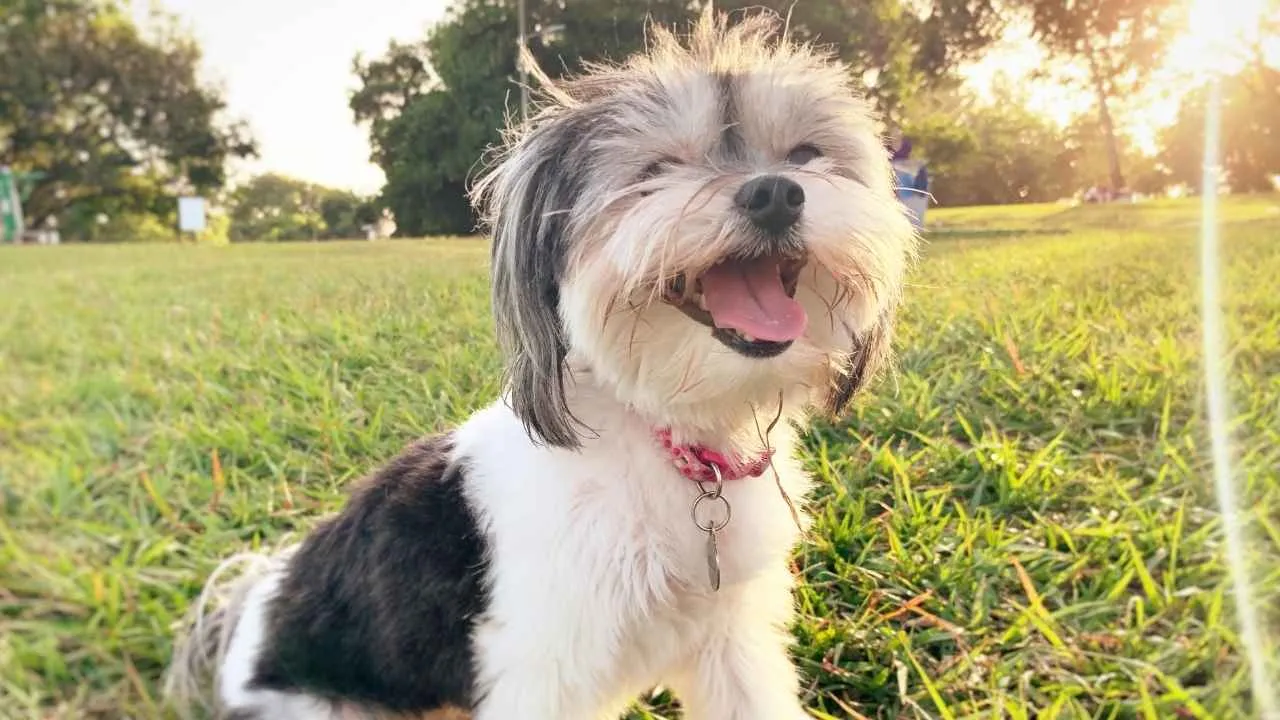
Indoor Compatibility: The perfect fluffy shadow.
The Havanese is a living, breathing teddy bear with just one goal in life: never leave your side. These charming little lap dogs are sweet, sociable, and great for small spaces, especially since they’re pretty quiet and don’t shed much. Yes — you can finally wear black pants again!
They also produce less dander than many other breeds, making them hypoallergenic dogs, a better option for some people with allergies. This can help reduce the likelihood of triggering allergic reactions.

Havanese are exceptionally affectionate and, with proper socialization, training, and supervision from puppyhood, they are usually well-behaved around children and other dogs.
They make good watchdogs but may bark excessively if not properly trained. Their medium-length coat, which can be either straight or wavy, requires regular brushing to prevent tangles.
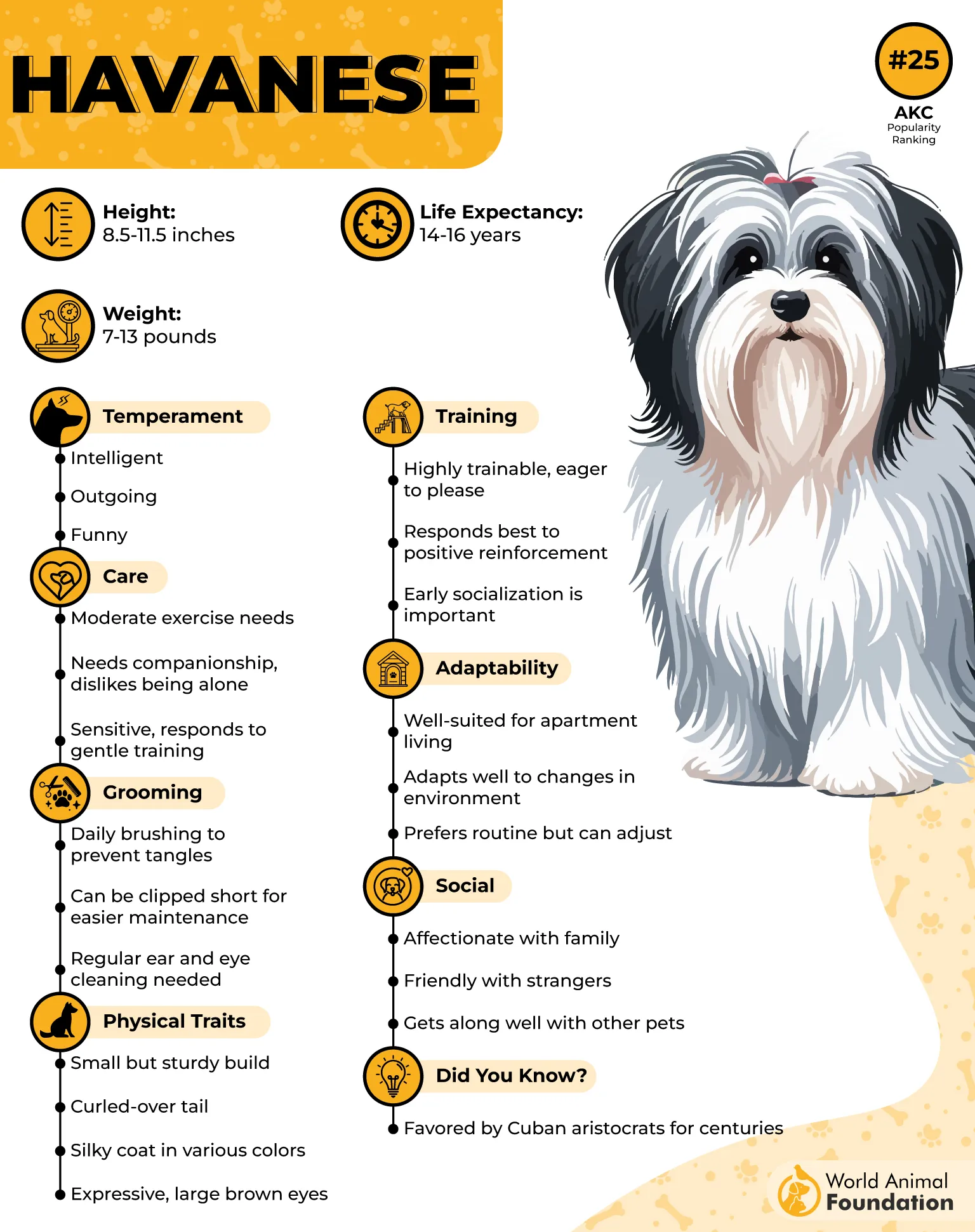
As per PetMD, some Havanese may develop separation anxiety and struggle with being left in a crate for long periods, making them better suited for homes where they receive plenty of attention.
They do need regular grooming to keep their silky coat looking fresh. The only downside? They hate being alone. If you’re gone too long, they’ll look at you like you abandoned them on the Titanic.
If you work from home, congratulations — you now have a furry coworker who thinks every Zoom call is about them.
7. Pug
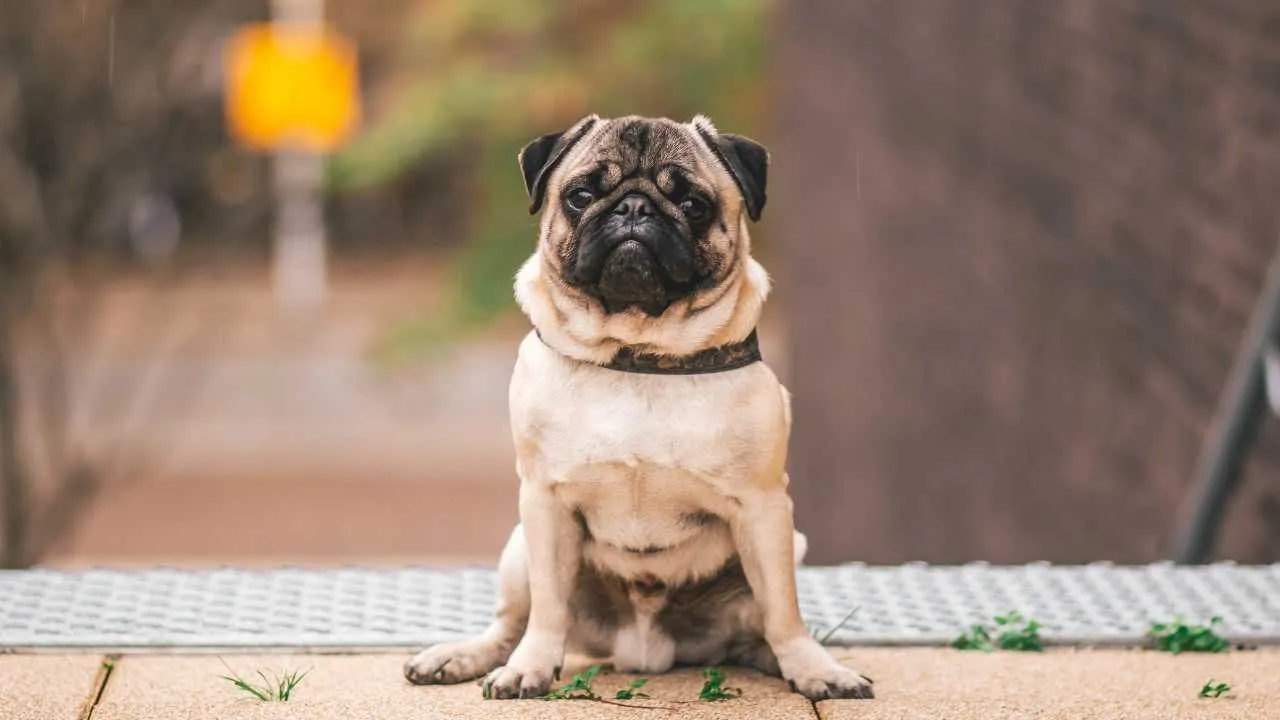
Indoor Compatibility: A little loaf with a lot of love.
Pugs were bred to be lapdogs, and boy, do they take their job very seriously. With their big, soulful eyes and smooshed little faces, Pugs can melt your heart in under three seconds — and then demand treats for their hard work.
They’re hilariously expressive, surprisingly stubborn, and known for their “pug noises” — a mix of snores, snorts, and heavy sighs that sound like a tired uncle falling asleep on the couch.
Pugs are friendly, affectionate, and easygoing dogs with calm, quiet temperaments, though they can be a bit mischievous at times. They are low-maintenance pets, needing minimal daily exercise.
Grooming is easy-peasy thanks to their short coats, though you’ll want to keep those adorable wrinkles clean to avoid any funky surprises.
Because of their brachycephalic (flat-faced) anatomy, Pugs can be prone to breathing issues and don’t tolerate heat or heavy exercise well, which is another reason they’re such indoor homebodies. A few short walks a day, and they’re ready for a six-hour nap marathon.
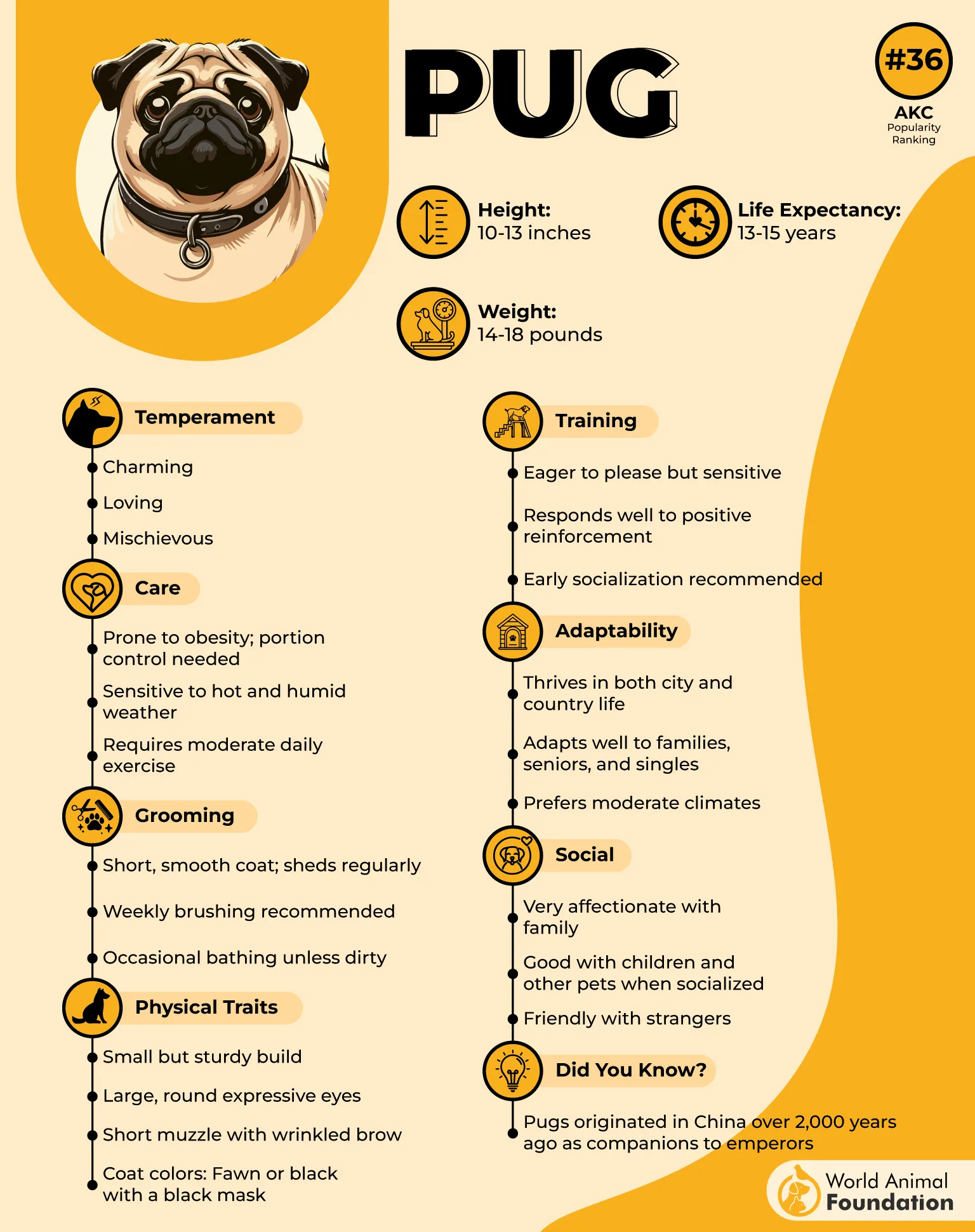
Pugs adapt well to apartment living and are not prone to excessive barking, typically only vocalizing to communicate their needs. They are also a great choice for novice or first-time dog owners.
Conclusion
When it comes to choosing the best house dogs, it’s important to consider your living space, lifestyle, and who else shares your home—whether it’s kids, other pets, or a puppy. While many high-energy breeds love the outdoors and yard, some breeds are better suited for indoor living. Bichon Frise and Australian Cattle Dog, though not mentioned earlier, are also excellent indoor dog breeds when given the right training and attention.
These dogs don’t require too much room and often prefer being close to their family. Many indoor breeds are gentle, curious, and easy to train, making them great for apartment living or small homes. While some might be more active, others can be a little more lazy, enjoying cozy naps and quiet play.
Whether you choose to adopt or buy, selecting the right indoor dog breed requires thoughtful consideration. With the right environment and care, these dogs can thrive indoors and bring lasting joy to your home.


